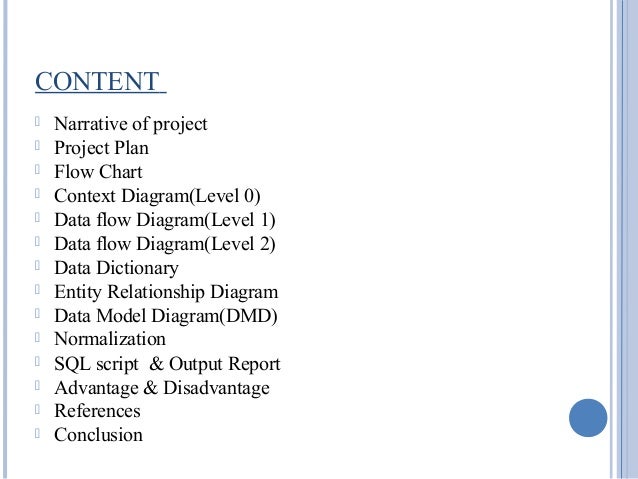Medical Store Management System Project With Schema Diagram

Create a new project in Visual Paradigm by selecting Project > New from the toolbar. In the New Project window, name the project Bus Route Management System and click Create Blank Project at the bottom. To create an ERD, select Diagram > New from the toolbar. In the New Diagram window, select Entity Relationship Diagram and click Next. E-R Diagram of Library Management System. E r diagram of library management system computers hub - 28 images - data flow diagram for library management system level developing library management system assignment point, free account management system project report, slides, library management s.
Login Sequence Diagram of Medical Store Management System: This is the Login Sequence Diagram of Medical Store Management System, where admin will be able to login in their account using their credentials. After login user can manage all the operations on Company, Stock, Sell, Inventory, Medical Shop.
All the pages such as Sell, Inventory, Medical Shop are secure and user can access these page after login. The diagram below helps demonstrate how the login page works in a Medical Store Management System. The various objects in the Inventory, Company, Stock, Sell, and Medical Shop page—interact over the course of the sequence, and user will not be able to access this page without verifying their identity.
Many medical clinics have shifted to an all-digital record system. What does a basic clinic management data model look like?
Visiting a hospital or a clinic is never pleasant, but it would be even worse if our health records were in chaos. Not so long ago, all medical documents were in paper form. This not only polluted the environment, it slowed down the whole process. In some cases, patients were responsible for their own medical records.
You’d see them hanging on to a sheaf of papers as they waited to be called in to the doctor. Fortunately for us, technology has had a significant impact in the medical record field.
Most health records are automated, which saves a lot of bother. Today, we’ll consider a data model that could manage a medical clinic, from patient records to appointment schedules. First, let’s get an idea of what we expect from the model.
What should our data model contain? We can figure this out in three questions: • What basic functionalities should this model support? For each patient, regardless of the reason for their visit, we should be able to: • Schedule or enter a new appointment • Create or update patients’ health-related documents • Store the “result” of an appointment • Schedule follow-up appointments, if needed. • What additional information might be useful?
For each visit, we could track the exact quantities of the materials and equipment used. That information would also be useful for calculating costs and invoices. We also might want to relate invoices to health insurance policies. • What aspects of the model will we focus on in this article? We won’t go into billing and materials.
Prabhas billa movie hindi dubbed 300mb free download full. They are related to the billing process and to inventory control, so they are not specific to a clinic management system. On the other hand, tracking appointments and their results, managing documents, and assigning staff is crucial for clinic management.
We’ll focus on those areas. The Data Model. The data model consists of four main subject areas: • Clinics & departments • Employees & schedules • Patients & appointments • Documents. We’ll describe each subject area in the order they’re listed. Section 1: Clinics and departments The first subject area is Clinics and departments.